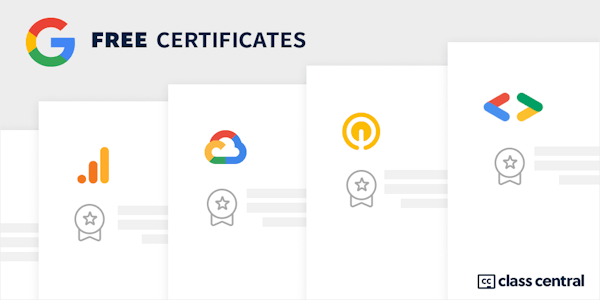This course, Architecting with Google Kubernetes Engine: Workloads - Locales, is intended for non-English learners. If you want to take this course in English, please enroll in Architecting with Google Kubernetes Engine: Workloads. In this course, "Architecting with Google Kubernetes Engine: Workloads," you learn about performing Kubernetes operations; creating and managing deployments; the tools of GKE networking; and how to give your Kubernetes workloads persistent storage. This is the second course of the Architecting with Google Kubernetes Engine series. After completing this course, enroll in the Reliable Google Cloud Infrastructure: Design and Process course or the Hybrid Cloud Infrastructure Foundations with Anthos course.
Architecting with Google Kubernetes Engine: Workloads - Locales
Google via Google Cloud Skills Boost
This course may be unavailable.
Overview
Syllabus
- Course Introduction for Course 2
- Welcome and Getting Started Guide
- Course Introduction
- Kubernetes Operations
- Introduction
- The kubectl Command
- The kubectl Command
- Introspection
- Introspection
- Lab Intro
- Deploying Google Kubernetes Engine Clusters from Cloud Shell
- Lab Intro
- Upgrading Google Kubernetes Engine Clusters
- Summary
- Kubernetes Operations
- Deployments, Jobs, and Scaling
- Module Introduction
- Deployments
- Ways to Create Deployments
- Services and Scaling
- Deployments
- Updating Deployments
- Rolling Updates
- Blue-Green Deployments
- Canary Deployments
- Updating Deployments
- Managing Deployments
- Lab Intro
- Creating Google Kubernetes Engine Deployments
- Jobs and CronJobs
- Parallel Jobs
- CronJobs
- Jobs
- Lab Intro
- Deploying Jobs on Google Kubernetes Engine
- Cluster Scaling
- Downscaling
- Node Pools
- Cluster Scaling
- Controlling Pod Placement
- Affinity and Anti-Affinity
- Pod Placement Example
- Taints and Tolerations
- Controlling Pod Placement
- Getting software into your cluster
- Lab Intro
- Configuring Pod Autoscaling and NodePools
- Deployments, Jobs and Scaling
- Summary
- Google Kubernetes Engine (GKE) Networking
- Introduction
- Pod Networking
- Pod Networking
- Services
- Finding Services
- Services
- Service Types and Load Balancers
- How Load Balancers work
- Service Types
- Ingress Resource
- Ingress
- Container-Native Load Balancing
- Network Security
- Network Security
- Lab Intro
- Configuring Google Kubernetes Engine (GKE) Networking
- Lab Intro
- Creating Services and Ingress Resources
- Google Kubernetes Engine Networking
- Summary
- Table: Load balancing objects in GKE
- Persistent Data and Storage
- Introduction
- Volumes
- Volume types
- Volume types 2
- The PersistentVolume abstraction
- More on PersistentVolumes
- Volumes
- StatefulSets
- StatefulSets
- Lab Intro
- Configuring Persistent Storage for Google Kubernetes Engine
- ConfigMaps
- ConfigMaps
- Secrets
- Secrets
- Lab Intro
- Working with Google Kubernetes Engine Secrets and ConfigMaps
- Summary
- Persisent Data and Storage
- Next steps
- Course Resources
- Workloads Course Resources

